Strategies for sales enablement that actually work
April 29, 2025 at 12:00 p.m.By Jesse Sanchez.
An aligned sales enablement strategy can turn underperforming teams into revenue drivers — but only if you do it right.
A sales enablement strategy isn’t just a business buzzword — it’s become a must-have for companies trying to stay competitive in crowded markets. Ingage's idea is simple: Equip sales teams with the tools, content, training and data they need to close more deals, faster. But putting those steps into practice? That’s where most companies stumble.
The right strategy can unify sales and marketing teams, boost performance and protect your brand’s voice across every customer interaction. Do it wrong and it’s just another binder on the shelf.
Sales enablement isn’t about flooding your reps with more content. It’s about aligning people, processes and tools around the buyer. And that alignment is more critical than ever. A LinkedIn report found companies with strong sales-marketing collaboration saw 208% more revenue from marketing, closed 67% more deals and had 58% higher customer retention. Those numbers speak for themselves.
So, what makes a sales enablement strategy work? For starters, a solid framework — one that defines common terms, standardizes messaging and eliminates ambiguity. If you’re asking reps to sell without structure, you’re really asking them to guess.
Beyond the framework, successful strategies rely on role clarity. That means designating owners — not just a manager, but coordinators, trainers and tech leads who keep systems running and teams accountable. Goals should be SMART (specific, measurable, achievable, relevant, time-bound) and metrics must tie in directly to those goals.
The tools matter, too. From CRMs to content management systems and analytics platforms, enablement tech must do more than just exist — it has to integrate seamlessly with how your team works. And don’t forget ongoing training. Sales enablement isn’t one-and-done; it’s an evolving program that adapts to market shifts and customer needs.
Finally, while flashy content platforms might grab attention, their real value lies in helping reps tell the right story, at the right time, in the right way. That’s where platforms like Ingage step in, with interactive, trackable presentations that do more than just look good — they perform.
Learn more about the five core components your sales enablement strategy needs to be effective!
Learn more about Ingage in their Coffee Shop Directory or visit www.ingage.io.

About Jesse
Jesse is a writer for The Coffee Shops. When he is not writing and learning about the roofing industry, he can be found powerlifting, playing saxophone or reading a good book.


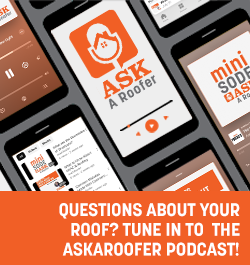
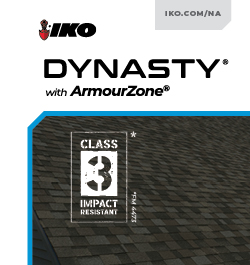




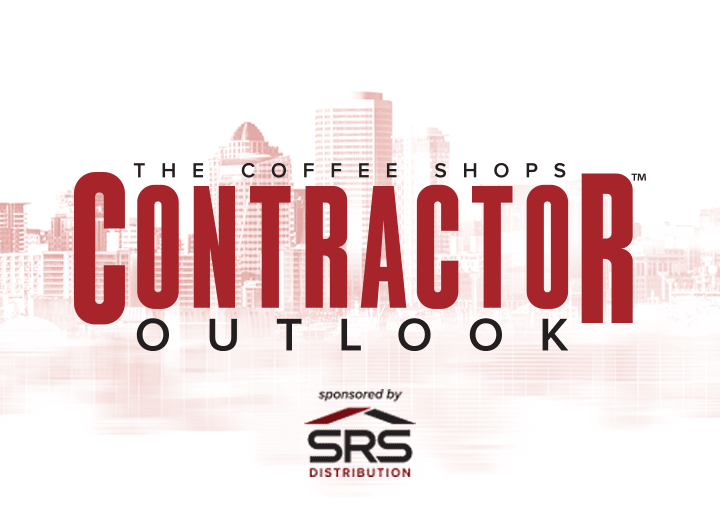
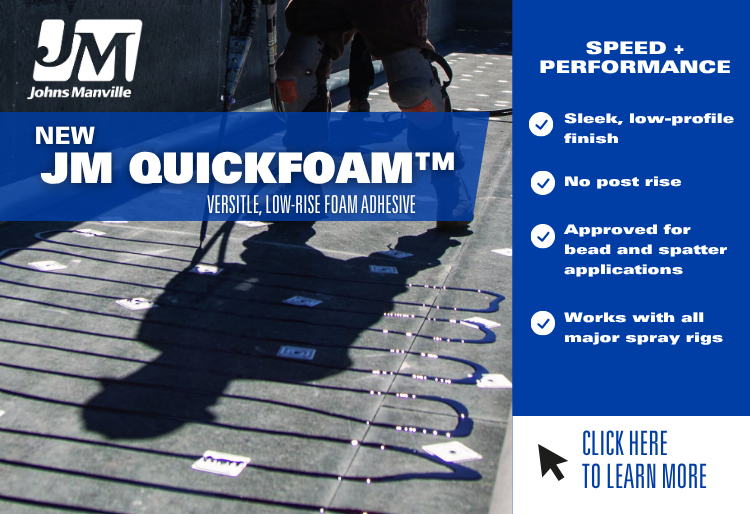
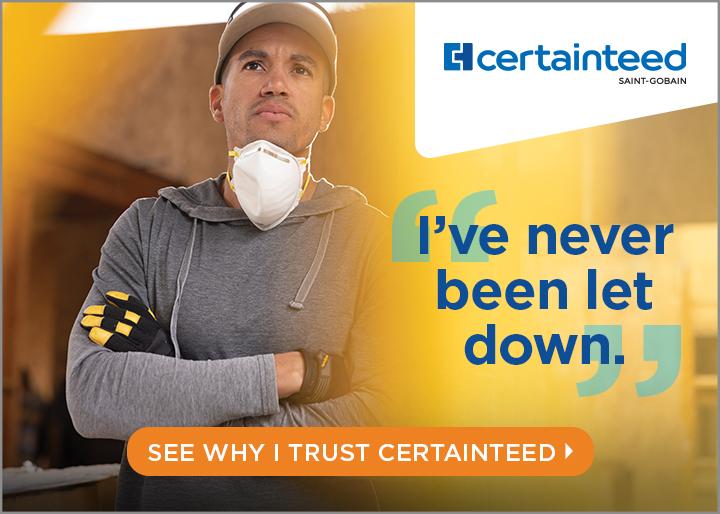
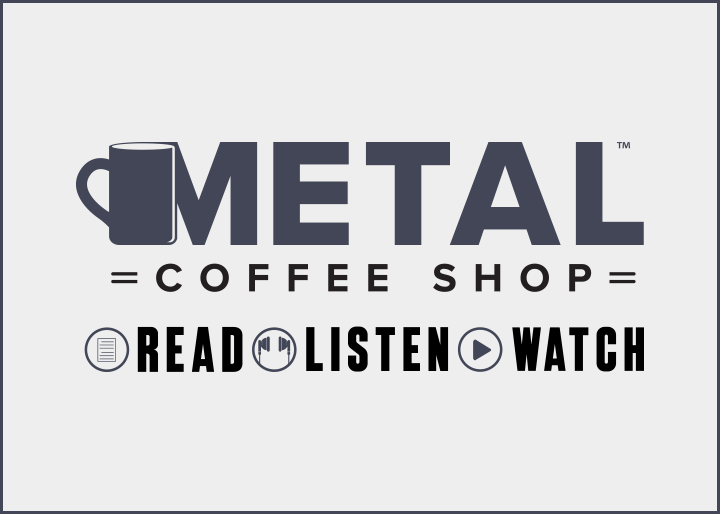







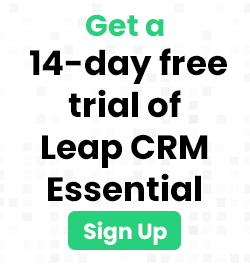

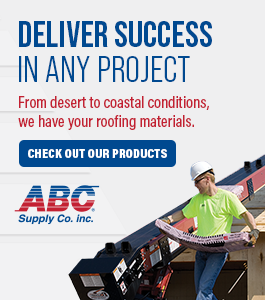
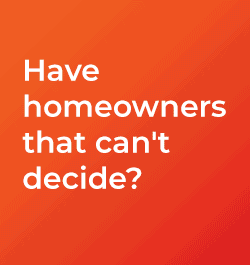
Comments
Leave a Reply
Have an account? Login to leave a comment!
Sign In